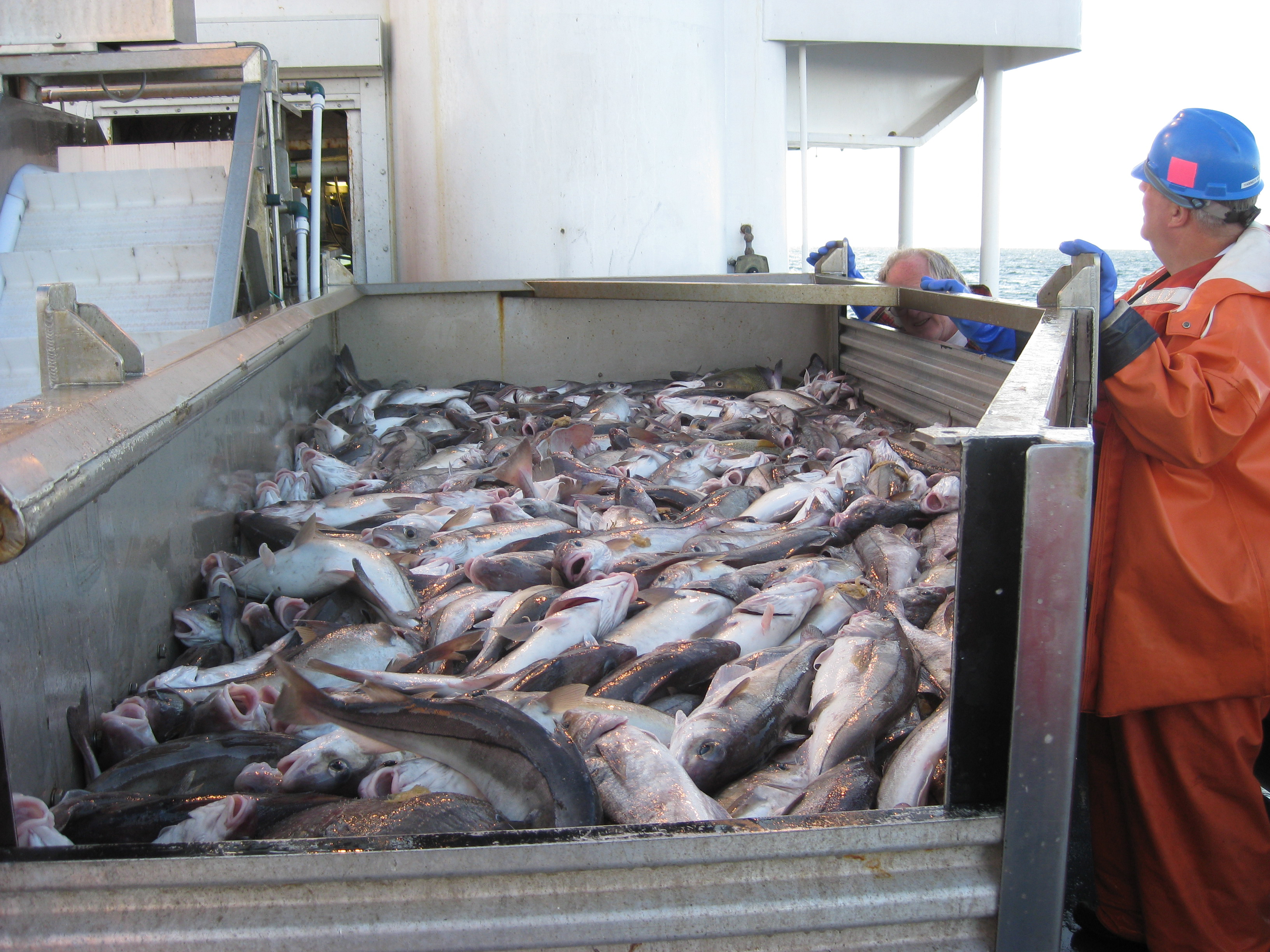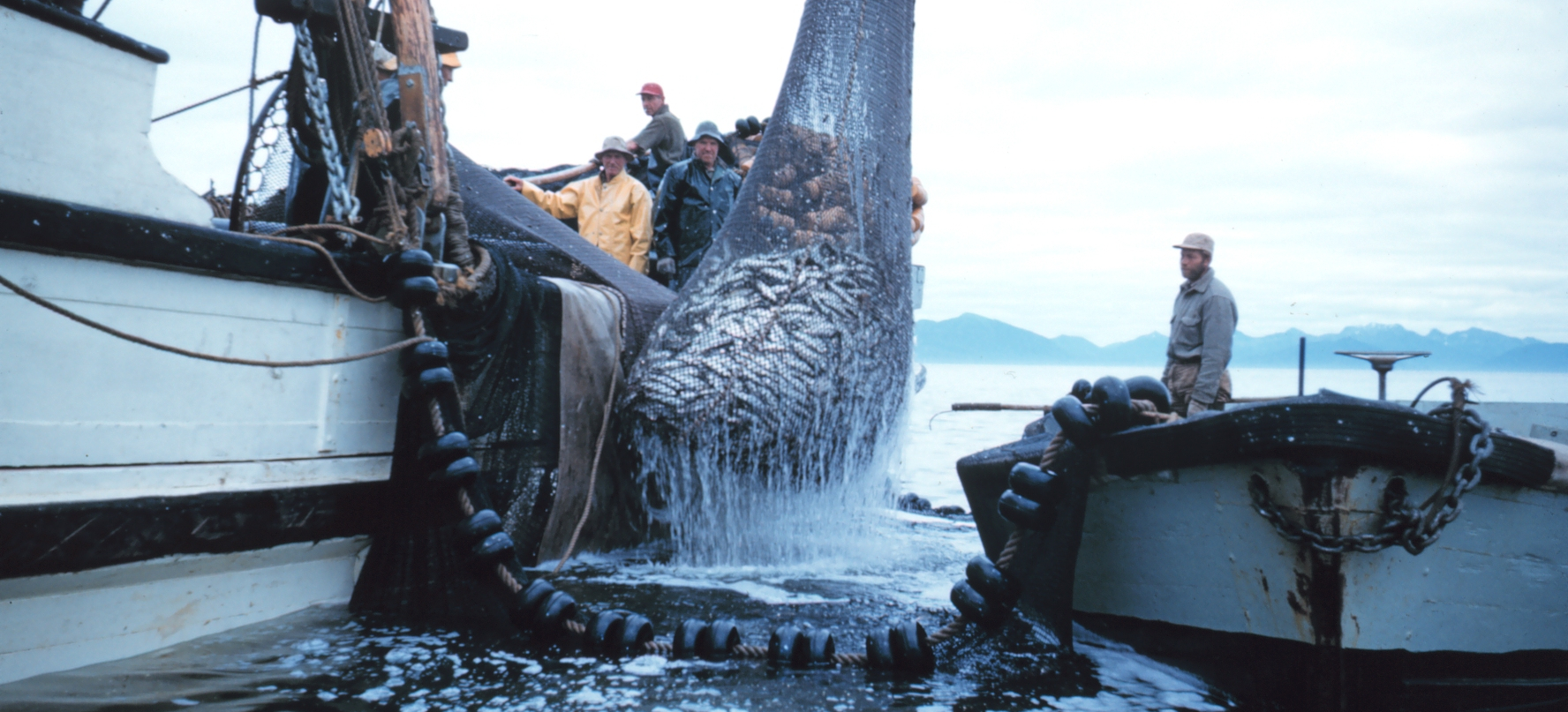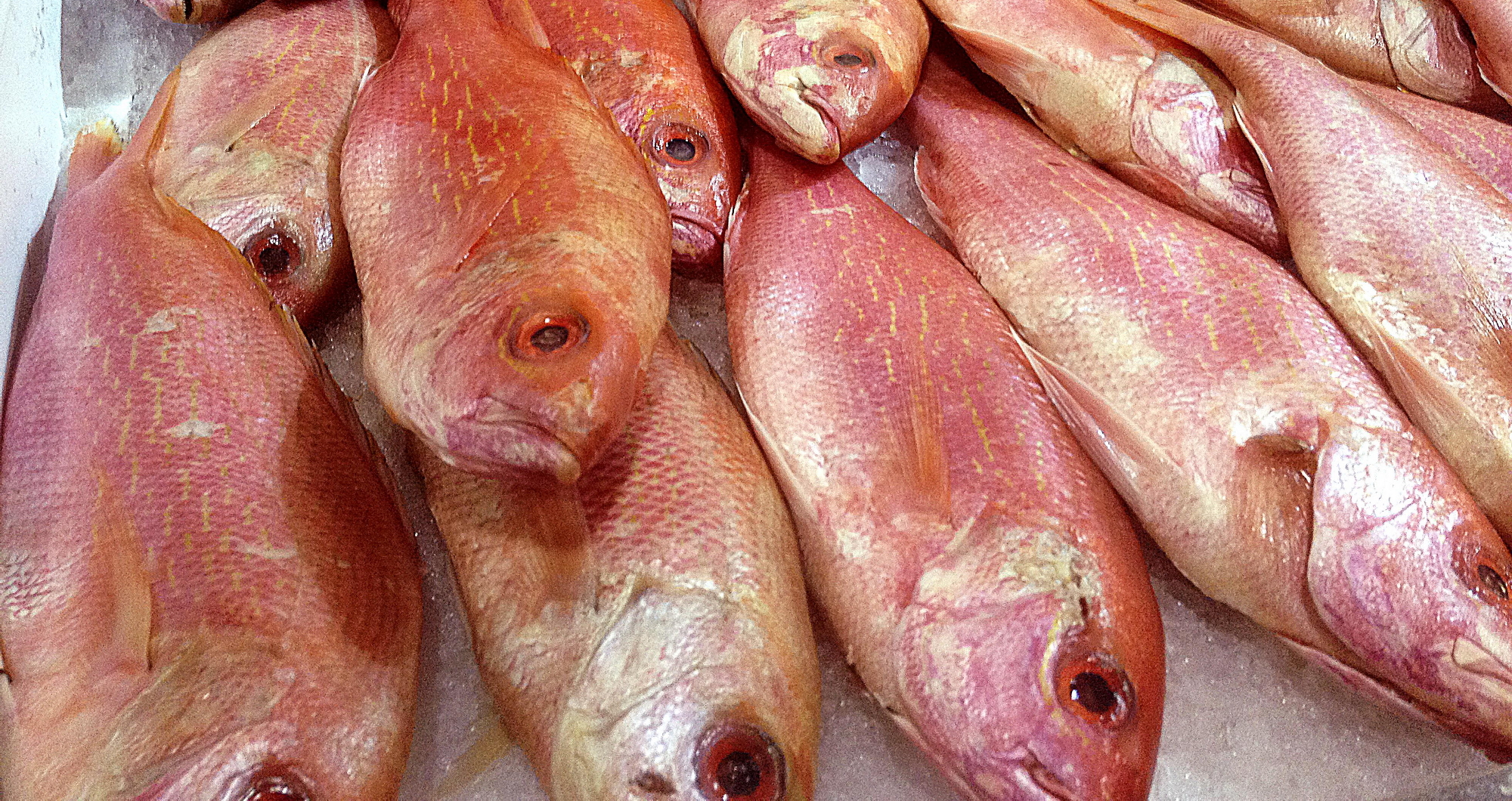
Climate Change and Fisheries
August 4, 2017
Share:We recently wrote about the effects of climate change on sport fishing in our area. The following article addresses climate change effects on the world’s fisheries.
First, let’s define what “fisheries” are: they are places where fish are reared for commercial purposes. “Fish” in this definition include all the finned fish of the world that are commercially harvested, subsistence-caught, used as the subjects of sport fishing, or simply provided as sustenance for other fishes. But it also includes the plankton and simple organisms that provide the foundation of the sea’s “web of life.” All these are material to this definition, but, wait! There’s more. It also includes the shellfish—lobsters, clams, oysters, etc.—that feed and flourish in the bays, estuaries, marshes, reefs, and kelp and seagrass forests that buffer our oceans and seas.
To put the climate change threat to this ecosystem into human scale, recognize that 12% of the global population makes their living from commercial or subsistence fishing. Several hundred million people are employed in the fish and seafood industries. About 85% of fish caught is used for human consumption, while the remainder is made into fishmeal (mainly for high-protein feed) and fish oil (as a feed additive in aquaculture). As is said of hog processing, we use all parts of these fish, even their “squeal.”
Globally, fish products provide about 17% of all animal protein consumed, and are an integral part of the daily diet of more than 3 billion people, almost half the planet’s population. In some countries, fish provide up to 25% of all animal protein consumed.
Amazingly, over half the world’s traded seafood comes from developing countries. For those economies, fishing is a necessity, not a luxury. Without their fishing industries, many of their folks would be unemployed, impoverished, and malnourished.

Here in the US, commercial fishing employs over a million people and generates over $100 billion annually. As we can now see the effects on land of saturating the atmosphere with CO2, we can also see the effects that that saturation has on the oceans. The water is warming, and that hurts the entire food web, from tiny plankton and their predators all the way up to and including the fish most sought by fishermen…and consumers.
As the water has warmed, that effect has driven fish stocks towards the poles and into deeper waters. Desirable species are getting harder to find and catch, and less desirable species (from a human consumption standpoint) are taking their grounds. In general, the stress of climate change and its bad brother, overfishing, are being blamed for the reductions in catch efficiencies.
And it’s not just the warming waters doing the damage. CO2 is absorbed into the water from the air, and the result is the acidification of the water, which kills corals and other habitats that serve as incubators for young fish and their prey. The full effect of climate change on the fisheries isn’t yet understood, but it is clear that it’s becoming harder to find and catch fish, that fish stocks are declining, and that improved fishing technology is outstripping fishing conservation regulations and movements.
With fish stocks decreasing, governments are placing greater limits on catches, and cooperative, private efforts of stakeholders (fishermen, conservationists, and scientists) have actually idled many boats. The New England fishing industry is a shadow of itself, the once-plentiful schools of cod gone. Between overfishing, lax government regulation, and a warming ocean, the New England fisheries simply disappeared. Climate change isn’t solely responsible for the New England fishing collapse, but it is a part.

In the Gulf, the red snapper has been making a comeback from the overfishing of the ’80s and ’90s. Thanks to combined efforts of government, fishermen, and conservationists, the red snapper catch has greatly rebounded, and last year commercial fishermen took out over 3 million pounds, valued at more than $11 million at the dock. And more than 3 million sport fishermen took over 22 million fishing trips in the Gulf of Mexico targeting the snappers and other species. These trips are a major part of the local economies. Unfortunately, the red snapper state fishing seasons, set by each state for their waters (nominally up to 3-9 miles off-shore) are gradually being extended, and one state in particular is taking more than its fair share: Texas. With a 365 day season (compared to about 3 months in the other Gulf States), Texas anglers are slowing the NOAA science-based restoration of red snapper. Texas’ behavior is leading some neighboring states to increase their “territorial” limits, extending farther from shore and lengthening their season. As a result, the “federal waters” fishing season gets shorter and shorter. Last year it was only 3 days. At some point, when that “season” reaches zero, the “legalized” overfishing will begin the collapse in the redfish stocks again.
Sure enough, because of fishing pressure and climate change-related water degradation, the finned-fish population (and that industry) are facing real challenges. The rise in sea-levels introduces yet another climate change threat. As the sea rises, salt marches and estuaries that serve as nurseries for these fish are inundated and lost. The loss of habitat for the small fry is bad enough, but those marshes also serve as a buffer against storm surges. That’s a protection against the ever-larger storms and their surges that we can’t afford to lose.
Shellfish such as oysters also use those inlets and marshes to reproduce and to grow to harvestable size. Since they each filter up to 50 gallons of water every day, they create a better environment for the sea grass and plankton. They do so much more than filtering water, though. As they latch onto each other, they form reefs that provide shelter for fish and crabs, and that stabilize muddy estuary bottoms. Those improved seagrass forests provide crucial habitat and breeding ground for animals like redfish and blue crabs.
Besides the CO2 causing acidification, reduced flows of freshwater due to drought and increased irrigation are preventing rivers from delivering enough alkaline material into the Gulf to offset the acidity. The falling pH is hitting Matagorda Bay hard. Because of the combination of drought and rising acidity, its oysters are having difficulty developing their shells. While some are still being harvested, the annual catch has greatly fallen.
Acidic waters threaten the multi-million dollar shellfish industry not just in our Gulf, but nationwide. States like Washington, Oregon, California, Maine, Florida, and Maryland are taking action to tackle acidification and its effects on their fisheries. I have not found any involvement of the State of Texas in specific programs to address Gulf acidification. While Texas is a participant in the federal RESTORE Act, that effort is largely focused on remediation from the Deepwater-Horizon disaster, and consists mostly of research, studies, monitoring, land acquisition, and some coastline improvements.
Currently, NOAA and scientists from the United States, Mexico, and Cuba are engaged in their most collaborative ocean acidification sampling of the Gulf of Mexico yet. The Gulf of Mexico Ecosystems and Carbon Cruise (GOMECC-3) will test and sample international waters all over the Gulf this summer. (Their trips are charted on the map below.)

One activity being tried in several areas of the country is building artificial (or using shucked shells for) reefs and then seeding them with oysters. The restoration and expansion of such reefs improves the filtering of the seawater and creates additional habitat for shrimp and oysters. One such project in New York Harbor has been underway for several years, and is expected eventually to have seeded billions of oysters.
Texas, using funds from the Deepwater-Horizon civil settlements, is engaged in dozens of restoration and land acquisition projects. A larger part perhaps, is played by universities and non-governmental organizations (NGO). Dozens of studies are being conducted along our Gulf Coast. Other activities include at least 3 artificial reef projects. Most of the actual work is performed by NGOs, from the Nature Conservancy to Ducks Unlimited to the National Audubon Society.
While these activities are not specifically targeting climate change mitigations, the results are helpful. But far more needs to be done. You can help by becoming educated about the climate change threats to our oceans and fisheries at:
- Ocean Conservancy
- NOAA Ocean Acidification Projects in the Gulf of Mexico
- “Climate Change Impacts Ripple Through Fishing Industry While Ocean Science Lags Behind” @ HuffPost
- Restore the Texas Coast
As always, it helps to contact state officials at the General Land Office, the Texas Parks and Wildlife Department, and the Texas Commission on Environmental Quality. You can easily find these links online.
To learn about the Deepwater-Horizon RESTORE projects underway, use the Project Tracker. Learn about each project and who the implementing party is, whether it’s a public entity, a university, or an NGO. And then engage with them. Pay attention to “public comment periods” and offer your opinion.
Finally, all the RESTORE-ation projects in the world will become moot if we don’t stop dumping greenhouse gases in the atmosphere. As a climate-change-denying state planted firmly in last century’s fossil-fuel pocket, the Texas officeholders must be pushed into responding to climate change.
Call your representatives and tell them to fulfill their responsibilities. Click here to find your elected officials and their contact information. Enter your zip code and you’ll see a list of all your representatives, from the Prez down to your local dog-catcher…with their phone numbers! Call them and make them earn their salaries by addressing climate change.
Oh, and use your VOTE!
Images: source, source, source, and source
Share: